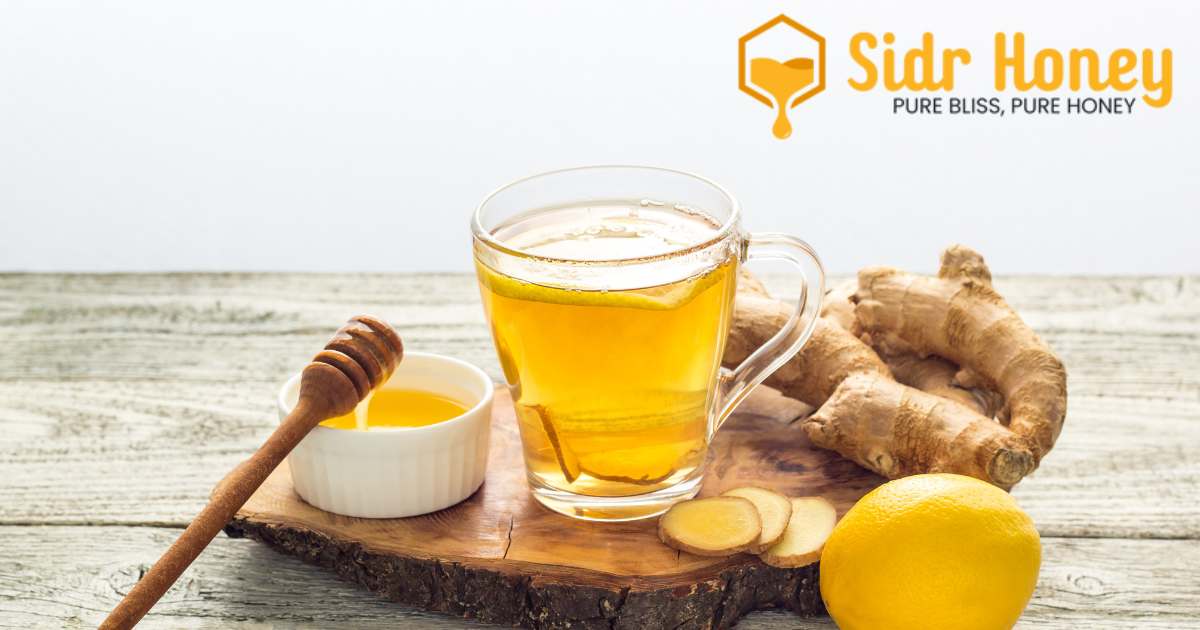Sidr honey is a rare and highly prized variety known for its rich flavor and numerous health benefits, sourced from the nectar of the Sidr tree found mainly in Yemen and parts of the Middle East. Its premium status is attributed to its limited production and unique qualities.
However, with the rising demand for Sidr honey, the issue of adulteration has become more prevalent, making it crucial for consumers to identify pure products. Pure Sidr honey typically features a dark amber color and a thick, viscous consistency that may crystallize over time a natural characteristic of high-quality honey.
Its flavor profile is robust and complex, with caramel and floral notes and a slight bitterness, while its aroma is earthy with hints of woodiness and herbs. To distinguish authentic Sidr honey, you can perform simple tests such as the water test, where pure honey remains a thick globular mass, or the flame test, where pure honey burns easily.
Additionally, crystallization over time can indicate purity, as adulterated honey often remains liquid. For the most accurate results, lab testing is recommended to confirm the honey’s authenticity. By understanding these key characteristics and tests, you can ensure you are receiving the true benefits and quality of Sidr honey.
Characteristics of Pure Sidr Honey
Authentic Sidr honey is derived from the nectar of the Sidr tree, which is indigenous to Yemen and specific regions of the Middle East. This unique geographic origin contributes significantly to its esteemed status. When evaluating Sidr honey, look for its distinctive golden or amber color, which is a hallmark of its purity.
Its texture is thick and viscous, causing it to flow slowly compared to diluted or adulterated versions that tend to be more liquid. The aroma of genuine Sidr honey is rich and floral, offering a depth that sets it apart from other honeys.
In terms of flavor, pure Sidr honey provides a robust and full-bodied taste, whereas adulterated varieties often lack complexity and may taste bland or artificial. By recognizing these characteristics, you can better ensure that you are enjoying the true essence of Sidr honey.
Learn more about the Sidr tree’s significance in our article The Majestic Sidr Tree: A Botanical Marvel with Cultural Significance.
Common Adulteration Methods of Sidr Honey
Adulteration of Sidr honey is a significant concern, driven by various methods aimed at reducing production costs while misleading consumers. One prevalent practice involves the dilution of Sidr honey with sugar syrups. In this method, the honey is mixed with cheaper sweeteners to mimic its texture and flavor, thereby lowering production costs.
Another common tactic is blending Sidr honey with lower-quality honey. This approach stretches the supply of pure Sidr honey by mixing it with less expensive varieties, thus compromising the overall quality of the final product. Additionally, some producers use artificial additives, such as flavor enhancers, colorants, and preservatives, to replicate the rich aroma, taste, and appearance of genuine Sidr honey.
These adulteration practices not only degrade the value of the honey but also eliminate the natural health benefits associated with pure, unadulterated Sidr honey. For consumers, it is crucial to stay vigilant and informed to ensure they are purchasing authentic products that deliver the full range of Sidr honey’s benefits.

Key Tests to Differentiate Pure Sidr Honey
When it comes to distinguishing pure Sidr honey from adulterated versions, there are several simple tests you can perform. The water test is one of the easiest methods: add a small amount of honey to a glass of water, and observe the results. Pure Sidr honey will sink to the bottom and settle there, whereas adulterated honey tends to dissolve or spread quickly, indicating the presence of added substances.
Another effective test is the thumb test place a drop of honey on your thumb; pure honey will stay in place and not spread, while adulterated honey will often spread out, showing signs of impurities or excess moisture. The heat test involves gently heating the honey; pure Sidr honey will caramelize and thicken, whereas adulterated honey may bubble and foam due to added sugars or other substances.
For the most accurate results, lab testing remains the definitive method. A professional lab can provide a thorough scientific analysis, confirming whether the honey has been adulterated and ensuring its authenticity. These methods together can help you assess the quality of Sidr honey and ensure you are getting a genuine product.
For a deeper dive into Sidr honey’s health benefits, read Sidr Honey and Immunity: A Nutritional Approach to Health.
Importance of Reading Labels and Certification
When purchasing Sidr honey, it’s essential to carefully read labels and check certifications to ensure you’re getting a genuine product. Look for organic certifications and authenticity seals, which confirm that the honey meets established standards for purity. These labels are crucial indicators of quality.
Pay close attention to ingredient lists; any additives, flavor enhancers, or blends may suggest the honey is adulterated. Opting for trusted brands and reputable sellers can further safeguard against counterfeit products.
Reliable sources are more likely to offer authentic Sidr honey and provide detailed information about the product’s origins and purity. By being diligent in verifying these details, you can ensure that you’re truly receiving the exceptional quality and benefits of authentic Sidr honey.

The Role of Price and Availability
The price of authentic Sidr honey can be quite high due to its rarity and the quality of the nectar. Genuine Sidr honey is produced in limited quantities, making it a premium product. If you encounter suspiciously low prices, this could be a red flag for adulteration or a lower-quality product. Be wary of offers that appear too good to be true.
Additionally, availability plays a significant role; pure Sidr honey is typically not found in regular grocery stores. Instead, it’s best to purchase from specialty stores or reputable online retailers that focus on authentic and high-quality honey. Ensuring the source is trustworthy can help you avoid counterfeit products and ensure you’re getting genuine Sidr honey.
Conclusion
In summary, identifying pure Sidr honey is all about recognizing its distinct traits: its golden hue, rich aroma, and thick consistency. To differentiate genuine Sidr honey from adulterated products, use key tests such as the water, thumb, and heat tests. It’s crucial to check labels for organic certifications and purchase from reputable sources to ensure authenticity.
The final advice for consumers is to stay vigilant and well-informed when making a purchase. By being thorough and conducting proper research, you can avoid counterfeit honey and truly benefit from the real Sidr honey. Remember, being an informed buyer not only ensures quality but also supports the market for authentic products.
To get insights into premium Yemeni Sidr honey, visit puresidrhoney.com.








